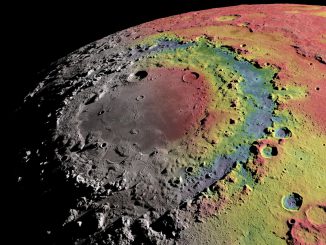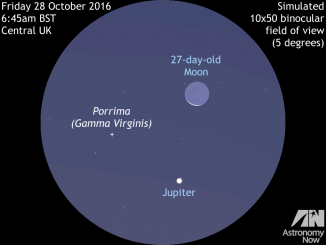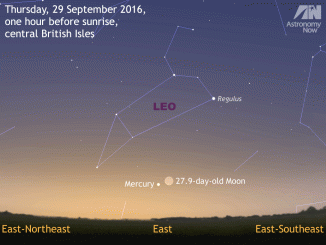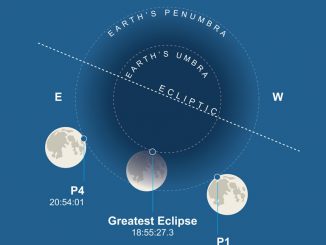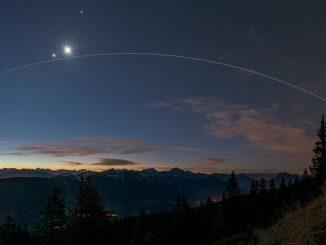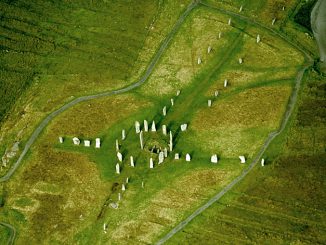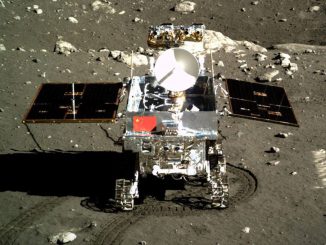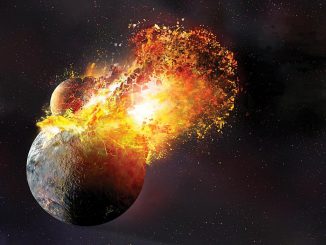
Did early Earth spin on its side?
New theoretical modelling of the ancient history of the Earth and the Moon suggests that the giant collision that spawned our natural satellite may have left Earth spinning very fast, and with its spin axis highly tilted. The simulations give new insight into the question of whether planets with big moons are more likely to have moderate climates and life.

